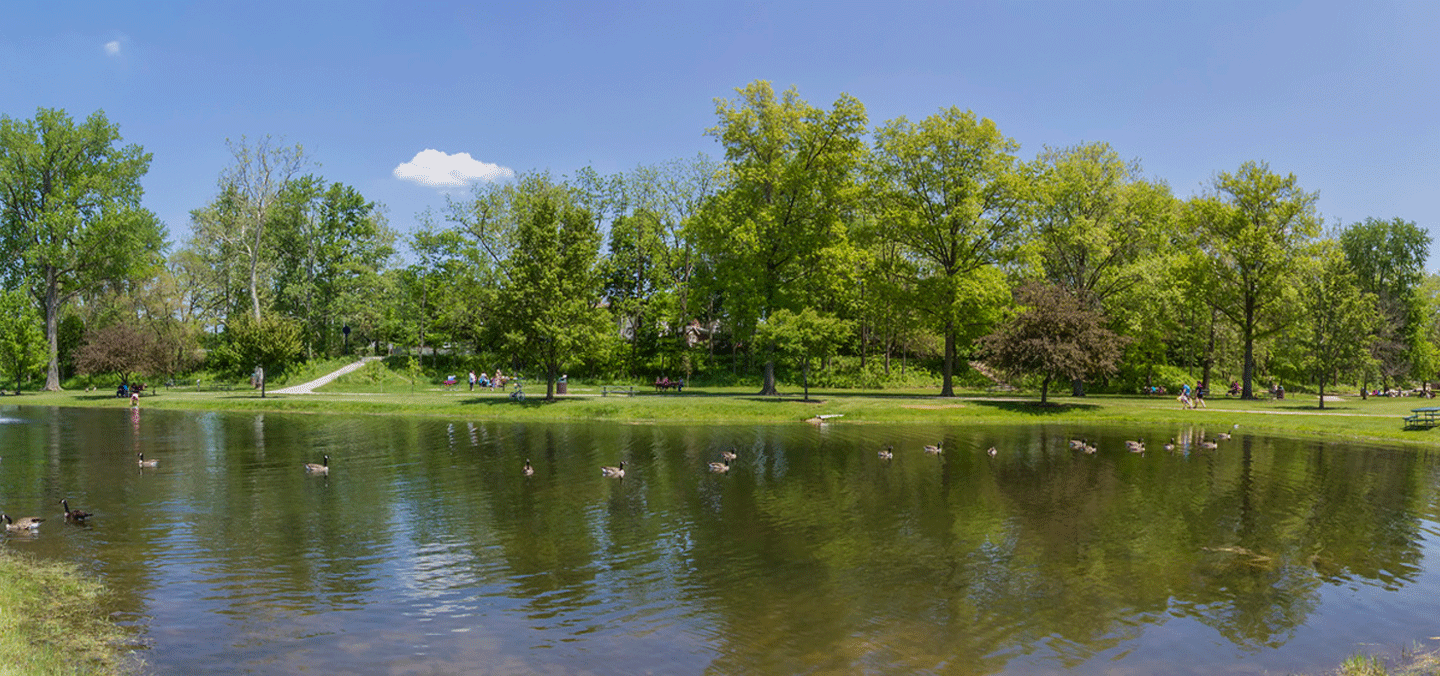
Backflow Prevention
TO ALL CUSTOMERS
Protecting your drinking water supply is also your responsibility!
State regulations require residential, commercial and industrial customers served by a public water system to protect the public water system from potential contamination. Under certain conditions water from private plumbing can flow into the public water distribution system. This is referred to as backflow. In order to prevent potential backflow, some customers are required to install and maintain backflow prevention devices on the main water service lines.
Please read the following information to become familiar with the state requirements.
327 Indiana Administrative Code 8-10 Cross Connection Control (327 IAC 8-10) Facilities That Require a Backflow Prevention Device If the activities on your premises are listed below then you must have or install a state approved cross connection control device on each water service line and promptly submit test results to Goshen Water Company. The state designates the following list of facilities as cross connection hazards; a state approved reduced pressure principle backflow preventer shall be installed on the customer service line serving these facilities, unless otherwise specified.
- All customers with land irrigation systems, including residential. Either a pressure type vacuum breaker or a reduced pressure principle backflow preventer can be used for cross connection control.
- All customers fire service lines. Double check detector assembly should be used for cross connection control.
- Aircraft and missile manufacturing plants.
- Automotive plants, including those plants that manufacture motorcycles, automobiles, trucks, recreational vehicles, and construction and agricultural equipment.
- Beverage bottling plants, including dairies and breweries.
- Canneries, packing houses, and reduction plants.
- Car washes.
- Chemical, biological, and radiological laboratories, including those in high schools, trade schools, colleges, universities, and research institutions.
- Hospitals, clinics, medical buildings, autopsy facilities, morgues, other medical facilities, and mortuaries.
- Metal and plastic manufacturing, fabricating, cleaning, plating, and processing facilities.
- Plants manufacturing paper and paper products.
- Plants manufacturing, refining, compounding, or processing fertilizer, film, herbicides, natural or synthetic rubber, pesticides, petroleum or petroleum products, pharmaceuticals, radiological materials, or any chemical that could be a contaminant to the public water supply.
- Commercial facilities that use herbicides, pesticides, fertilizers, or any chemical that could be a contaminant to the public water supply.
- Plants processing, blending, or refining animal, vegetable, or mineral oils.
- Commercial laundries and dye works, excluding coin-operated Laundromats.
- Sewage, storm water, and industrial waste treatment plants and pumping stations.
- Waterfront facilities, including piers, docks, marinas, and shipyards.
- Industrial facilities that recycle water.
- Restricted or classified facilities (federal government defense or military installations), or other facilities closed to the supplier of water or to the commissioner.
Prohibited connections
No secondary source of water supply shall be physically connected on the customer service line to or into the facility
IMPORTANT QUESTIONS & ANSWERS
What Is A Cross Connection?
A cross connection is a connection between a contaminated source and your drinking water system. Backflow occurs when the water flow is reversed, due to a change in pressure, and water flows backwards, into and through the system. This creates a potentially hazardous situation.
How Are Cross Connections Controlled?
The installation of a back flow prevention device, otherwise known as a cross connection control device, is required under any circumstance where contamination may occur.
Who Has Responsibility For Cross Connection Control?
- Responsibility of the state – The Indiana Department of Environmental Management is responsible for administering the state regulations for cross connection control, 327 IAC 8-10.
- Responsibility of Goshen Water – Responsible for providing customers with drinking water that meets all applicable federal and state primary drinking water standards. Goshen Water is responsible for maintaining backflow prevention device test results.
- Responsibility of Customers of Goshen Water– Responsible for using water in a manner that does not jeopardize the water quality in the public water distribution system. Customers are responsible for adherence to the state plumbing code. State regulations may require customers to install, maintain, and test state approved backflow prevention devices and submit test results to Goshen Water.
What is the State Required Frequency Of Backflow prevention Device Testing?
- Reduced pressure principle devices must be tested at 1 year intervals.
- Pressure Type Vacuum Breakers must be tested 1 year intervals.
- Double Check Valve Assemblies must be tested at 1 year intervals.
- Double Check Detector Assemblies must be tested at 1 year intervals.
Who Is Eligible To Test Backflow Prevention Devices?
- Only state approved testers who are registered with the state can test backflow prevention devices.
Where Should I Submit My Backflow Prevention Device Test Results?
- Test results must be submitted within 30 days of testing using one of the following methods. Forms are available on this site to fill out and print and e-mail or mail or fax.
FAX – Goshen Water Dept. @ 574-534-4281
Email – waterseweroffice@goshencity.com
Mail – 308 North 5th Street, Goshen, IN 46528